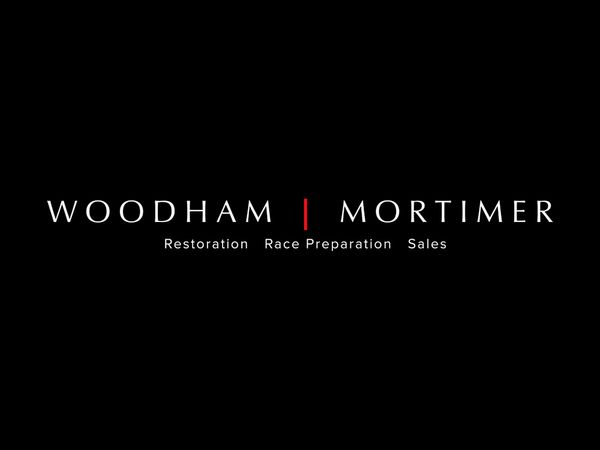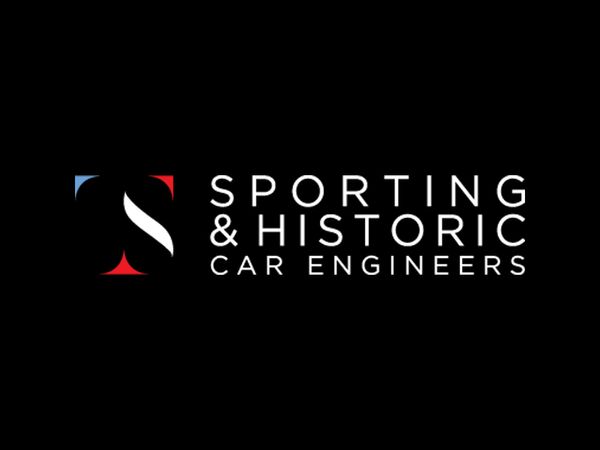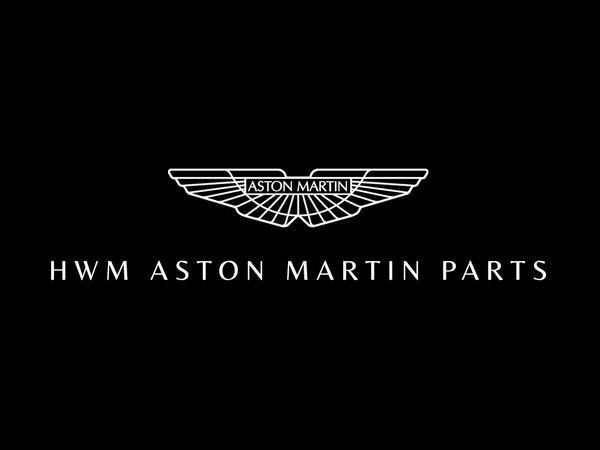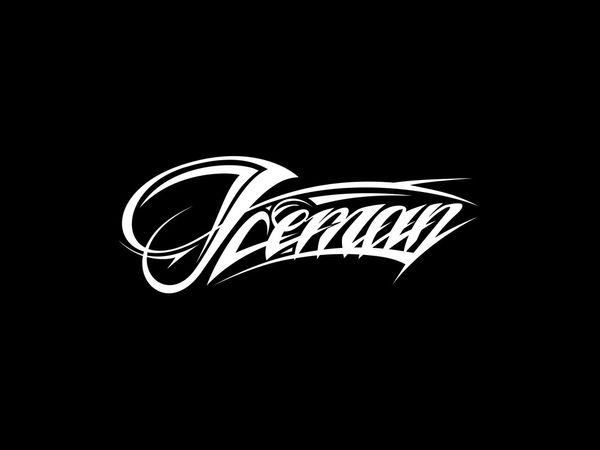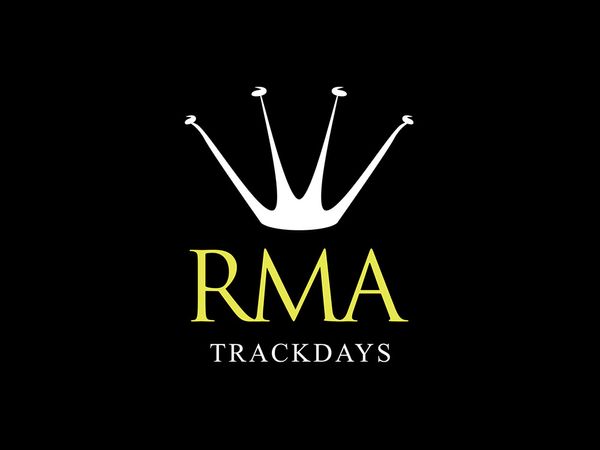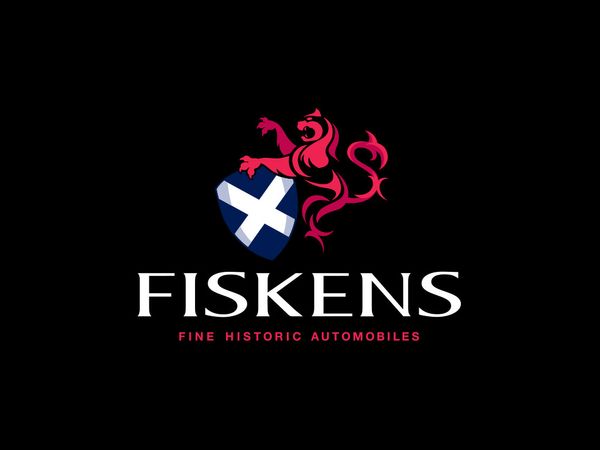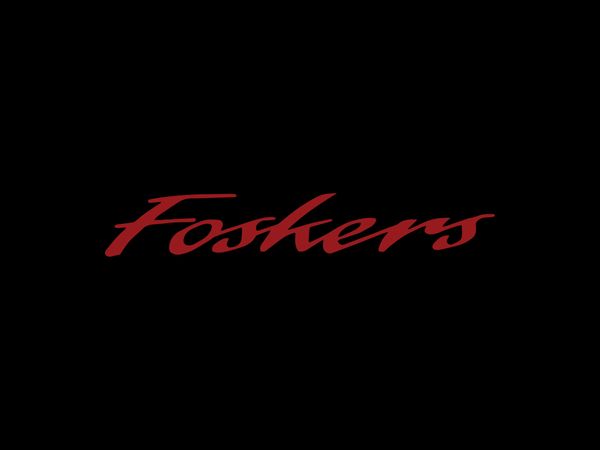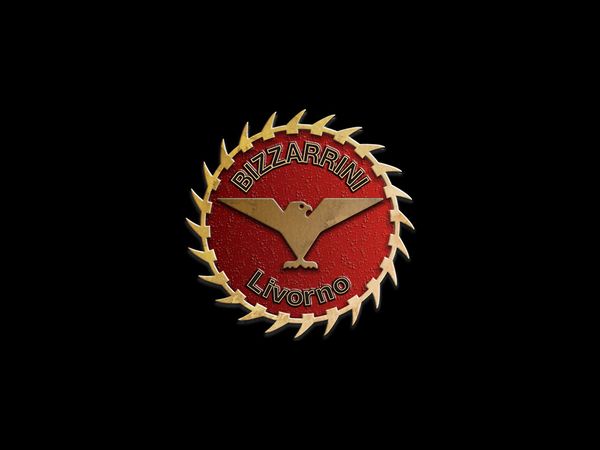1951 Ferrari 212 Export Barchetta - US$4,250,000 - US$4,750,000
Coachwork by Touring
Chassis no. 0100 E
Engine no. 0067 S – See Text
2,340cc SOHC V12 Engine (195S Unit)
3 Weber 36 DCF Carburetors
170bhp at 6,500rpm
5-Speed Manual Gearbox
4-Wheel Drum Brakes
*Competition Ferrari Campaigned at Le Mans, Watkins Glen and Bridgehampton in Period
*Desirable 1950s Ferrari eligible for the most prestigious of tours
*Exquisite original coachwork
*Freshly refurbished
THE EARLY COMPETITION FERRARIS
Few serial numbering systems in the realm of collector cars are better-known or more scrutinized than Ferrari's practice of using odd numbers for road going chassis while assigning even numbers to racing and competition cars. Examining the evolution of early Ferrari models and the serial numbers assigned to their chassis, one can arguably trace the earliest use of the famed numbering system to Maranello's second-ever model, the 166 Spyder Corsa of late 1947.
Bodied with cycle-wing fenders more becoming of a pre-war racing car, the 166 Spyder Corsa employed a bored version of the Gioacchino Colombo-designed short block V-12 used in the 125 S, and began with chassis numbers 002C and 004C. Seven more examples were built continuing the even-numbered fashion, which by some accounts was implemented solely in the belief that even numbers were luckier. By the end of the 166 Spyder Corsa run, the C suffix had been changed to I, in preparation for the Inter designation, one of three new variants of the 166 that would receive standard closed-fender sports car coachwork.
Initially called the 166 Sport, the performance variant of the 166 soon morphed into the competition-prepared 166 MM, which became a new darling of privateer racers and successful factory entries. The 166 MM is perhaps just as notable for formally introducing the even-numbering system for racing sports cars, starting with chassis no. 0002M, while odd-numbered road cars evolved from 007S with the first 166 Inter, the 166's less powerfully tuned street version.
Even numbered racing chassis continued into the larger versions of Ferrari's developing V-12 sports car, segueing from the 195 Sport to the 212 series, where the Sport nomenclature was finally changed to Export. The Export name reflected Ferrari's long planned courtship of the overseas market, with specific intent to sell cars to American racing privateers, while the Inter designation remained to designate ordinary road cars.
CARROZZERIA TOURING
While early Ferrari Berlinettas were constructed by a variety of coachbuilders over the years, perhaps most strongly associated with Pinin Farina, it was Carrozzeria Touring of Milan that penned and built the first and most successful racing Berlinettas. Often noted for its unique lightweight Superleggera construction technique, which involved loosely fitting aluminum skins over a tube-frame chassis, Touring had an intertwined relationship with Ferrari dating back further than most enthusiasts might realize.
Touring founder Felice Bianchi Anderloni was originally a factory driver for Isotta-Fraschini and Peugeot during the 1920s, and he frequently crossed paths with Enzo Ferrari during his racing days, though the two Italians never directly competed against one another in the same class. Years later during the 1930s, Touring evolved into one of Alfa Romeo's principal coachbuilders, and given Enzo Ferrari's assumption of Alfa Romeo racing material under his newly formed Scuderia, there is little doubt that the two executives operated within the same social and business circles.
The evolving relationship bore its first notable fruit when two privateers, Alberto Ascari and the Marchese Lotario Rangoni Machiavelli di Modena, made preparations for the 1940 Mille Miglia, approaching Enzo Ferrari to construct two racing cars for them. At the time, Ferrari was constrained by a legal non-compete agreement he had made after leaving Alfa Romeo in 1938, so he built the cars under the mantle of his new airplane parts manufacturing company, Auto-Avio Costruzioni. When searching for a coachbuilder, Touring was a natural choice given the two men's shared history, and Anderloni and his designers penned a sensational two-seater that was known simply as the 815 Spyder for its engine specifications. That neither car finished the race is of little importance, as the occasion marked the very first appearance of a Touring-bodied Ferrari-built car (and interestingly enough, the international racing debut of future champion Alberto Ascari).
As Ferrari initiated road car production with the 166, the first-ever Ferrari Berlinetta appeared at the 1948 Mille Miglia on chassis no. 003S, wearing coachwork by Allemano. A chance meeting between Serafino Allemano and Enzo Ferrari may have led to the Torinese company designing this car and a similar spyder, both of which featured a relatively staid approach to postwar design. At the Turin Motor Show in late 1948, however, it was Touring that presented two new Ferraris 166 examples, an open car and a closed 4-seat berlinetta that clearly raised the Allemano design to a new plateau. The closed car, chassis no. 005S, was the first Ferrari berlinetta built by Touring, and by the arrival of chassis no. 0026M the design had evolved into the Le Mans Berlinetta fastback that would characterize the coachbuilder's closed-body design through the next several Ferrari models, ending with the 212 Export.
Alongside the Berlinettas, Touring also penned the most exquisite barchettas, literally translated as 'little boats'. They mirrored the lines of the Berlinetta, with 'egg crate' grilles and matching the same waistline crease. In this form the mold and success of the brand was truly cast, when Luigi Chinetti and Lord Selsdon won the 1949 Le Mans in a 166 MM. In all some 25 Touring Barchettas were constructed and they could be seen dominating all number of competition events from Le Mans to the Mille Miglia, and a host of other regional and international events. Through the next year or so of production, this iconic paring of Touring and Ferrari continued on the visual resonance of the brand. The design was seen on 8 of the 212 Exports as offered today, and ix of its bigger brothers, the 340 America and a single MM, but it is in the 166/212 form the proportions are best matched.
THE CAR OFFERED
The original owner of 0100E was precisely one of those Export clientele that Enzo so hoped would buy his cars, Charles Moran of New York who would have taken delivery in the spring of 1951. Within weeks he campaigned the Ferrari at Le Mans following in the footsteps of Chinetti's iconic win two years earlier in another Touring Barchetta. Paired with Franco Cornacchia, a friend of Enzo Ferrari and a Milan car dealer, Moran's privateer entry, wearing race number 31 secured an impressive results, not least in finishing the 24 hours intact but coming in 16th overall and 7th in its class. It was one of only two 212 Export Barchetta's to run this prestigious event and the car offered here was the only one to finish.
With this under his belt, Charles Moran brought the car home and would race it successfully over the next couple of years. Its first outing in his home state was that fall at Watkins Glen, where he finished 14th in the International Sports Car Grand Prix, and 3rd in the SCCA National that same weekend.
The 1952 sports car season saw Moran team up with John Bennett for the 12 hours of Vero Beach where 4th Overall was secured behind the 340 America of Jim Kimberly and Marshall Lewis, Tom Cole and Paul O'Shea's Allard J2X and Bill Spear and Phil Waters 166MM, and 2nd in Class to Spear. At the Bridgehampton Sports Car Road Races in May, Moran was a safe 7th, and while entered for a return to The Glen, the Sports Car Grand Prix was sadly stopped that year, so he did not complete the race and although entered for the Sowega National Sports Car Races at Turner Air Force Base in October, he did not attend or compete.
In 1953 his sole entry was at the MacDill Air Force Base in Florida, where again partnered with John Bennett at the Collier Memorial Six Hour Race, and up against many of the luminaries of the day including John Fitch in the Cunningham C4R, Bill Spear and Phil Hill's Ferrari 340 Mexico and Kimberly's 340 America they brought 0100E home in 10th overall and 1st in Class D.
In 1954 it is understood that the original engine gave him troubles, and for sheer ease of use it was switched out with a contemporary unit from a 195S Ferrari. That unit was supplied to him by old friend and Le Mans partner, Franco Cornacchia and had come from 067S, a Vignale Coupe which had been delivered in Italy and enjoyed a brief competition career at the hands of its sole owners Mario and Bianca Piazza. Interestingly, 0067S's roster of events had included competing in the Mille Miglia in 1952.
From Moran the car passed to John Shakespeare, while the surname resonates as the 16th century British bard, in the USA there is only one connotation that of pioneering car collector and the one who so famously sold his entire collection to the French Schlumpf brothers. The photos of lines of open sided rail carriages stacked with Bugattis en route to the Schlumpfs are one of the most indelible images of the car hobby in this period.
Fresh from running the Carrera PanAmericana in 1954 with Chinetti, Shakespeare's ownership of 0100E included a continued chapter of domestic racing. Iowa City, Lawrenceville, Wisconsin, Nassau and other events all being contested with a variety of success, no small feat as the car began to age.
From Shakespeare, the Touring Barchetta passed to Tom Butt in Florida, then William Ferro in Pennsylvania. By 1966 it was the property of Lee Gordon of Gainesville, Florida, being advertised in 1971 by noted Philadelphia dealer Kirk F. White. Norman Silver of High Point, North Carolina purchased the car from White and kept it through to the 1980s, when it passed into its most recent long-term ownership in Missouri. That owner being Courtney Whitlock, a well-respected medical doctor, and surgeon, would retain ownership for almost 40 years. He was not one to let his cars sit idle, so he drove and enjoyed the car in many events during his tenure.
In the present ownership the Barchetta has received a cosmetic refurbishment of its original, unharmed body, and chassis, with a careful eye on preserving its beautiful lines and originality. Details such as period hammering marks to the metal have been left visible rather than overfilled, giving the car an honest and authentic appearance. Upon close inspection, one will find the ever-important Factory body stamps visible throughout. As part of this process, the body was refinished in a deep lustrous Rossa Corsa, and cabin retrimmed in black leather.
Viewed today, this even numbered 212 Export is both a beautiful statement of the early competition Ferrari in the guise with which Enzo was able to garner such tremendous success for his fledgling company. It was such performances on which the brand was built and because of the numerous events for which they competed in contemporarily it makes them potentially eligible for so many of the retrospective tours today, not least of course the Le Mans Classic and the Mille Miglia Storica.
With Ferrari once again claiming overall victory this year at the 100th Anniversary of Le Mans, it connects the lineage to their predecessors that ran Le Mans in the early years like 0100E did in 1951.
A benchmark example of the incubational Ferrari sports racing car in open form.
THE QUAIL AUCTION
18 August 2023, 11:00 PDT
Carmel, Quail Lodge & Golf Club
Text/Image: Bonhams
